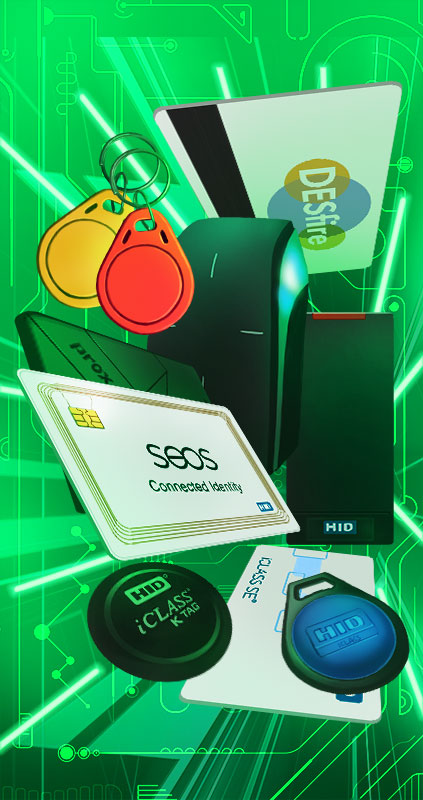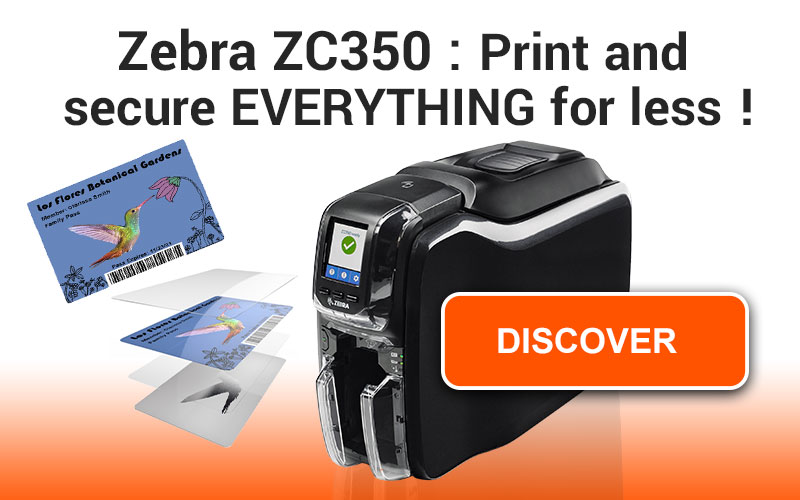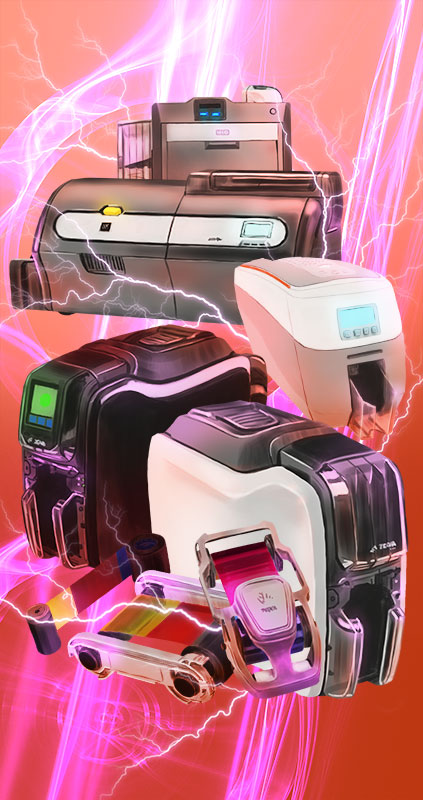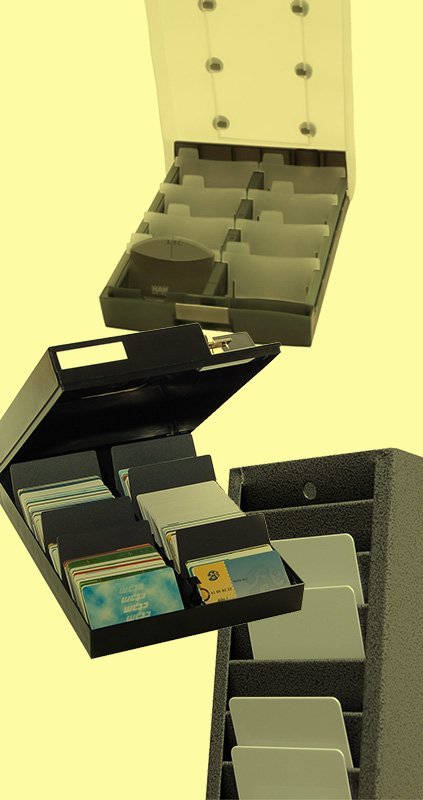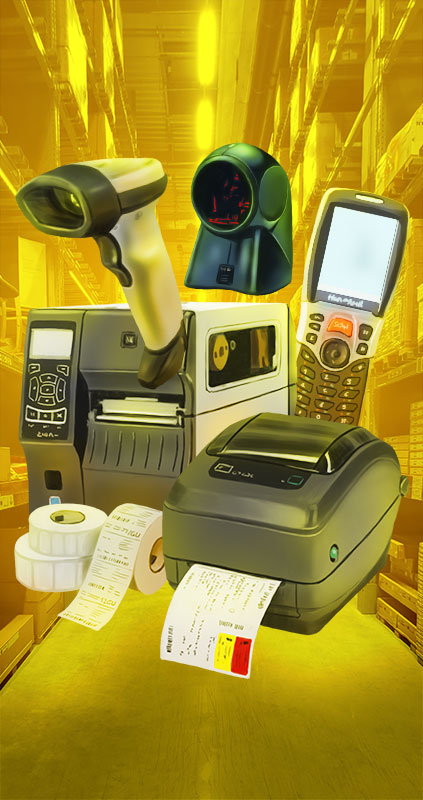The identification of goods and people and the control of their access within a company or an administration is the beaba of security, whether for your employees, your equipment or your sensitive information.
Since the 1980s, the market for access control has grown significantly and the technologies have multiplied. This makes it difficult for professionals to make the right choice for their security system. Let's take a look at the possibilities available to you.
Access control: what is it?
The purpose of an access control system is to identify and manage the entry and exit and movement of employees and visitors within a company's premises.
In addition to preventing intrusions, in the event of an offence or theft, this makes it possible to determine precisely who had access to which area and when.
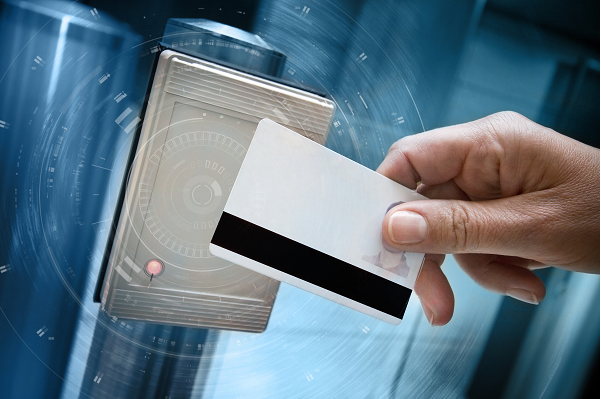
The scale of control can be variable, applying to an entire site, a single room or just a single cabinet.
The operation of an access control system.
Regardless of the technology used, the overall functioning of an access control system remains the same:
- A softwareThis software allows you to program your identification system, to grant authorisations and to centralise information to ensure traceability.
- An identification medium containing the information for authentication. This can be a simple code in the case of a Digicode type system, an electronic access badge (magnetic strip, RFID, NFC) or a physical characteristic (fingerprint, retinal print) in the case of biometric access.
- An identification terminal (keypad, badge reader, biometric reader) for reading the information on the media.
The combination of these components enables the three pillars of an access control system to be implemented:
- authentication,
- authorization,
- traceability.
The different identification technologies
There are three different solutions for access control, each with its own specificities.
The keypad or Digicode
This is the simplest and cheapest solution but also the least secure.
In practice, it is complicated to renew the access code regularly, as it can easily be leaked or observed directly when entering it. However, it can be implemented in combination with another system to increase security at low cost.
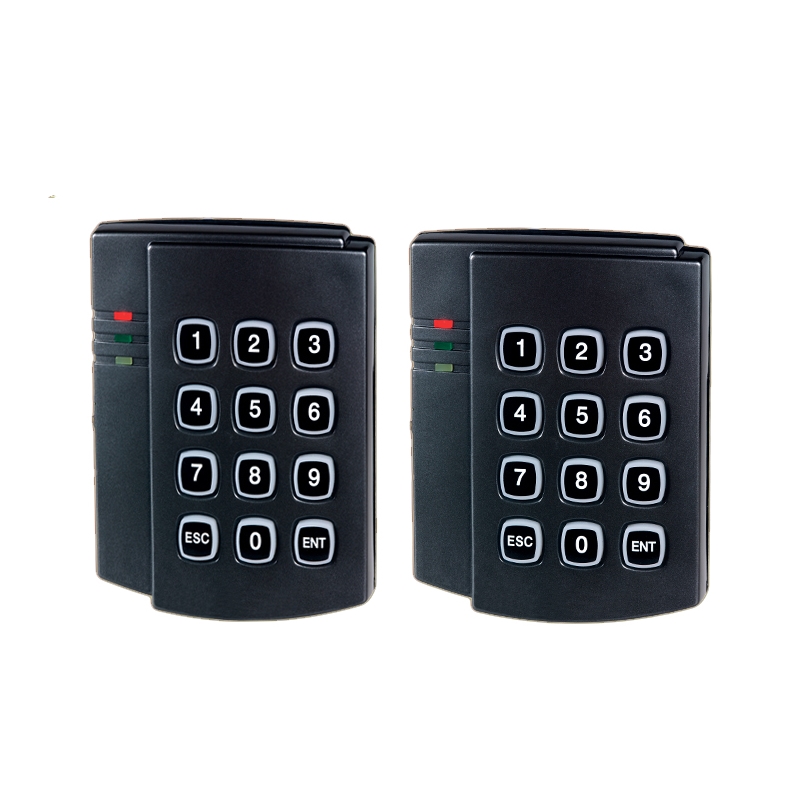
This type of protection is mainly used for individual and collective housing or common facilities such as garages.
Biometric technologies
These are the most complex and secure systems.
Despite its higher price, it offers several practical and safety advantages.
- No need to remember an access code or carry a badge
- No risk of losing your badge or forgetting your code.
- No risk of identity theft as each fingerprint is unique (even between twins)
- Long-term savings in material (no badge production) and human resources
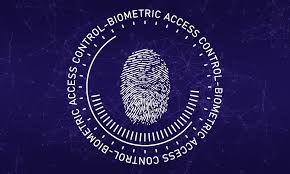
On the other hand, this system is not widely used for several reasons:
- A significant initial cost
- Identification is not 100% reliable
- The legal framework. This is the main obstacle for this technology in France. Indeed, the National Commission for Information Technology and Civil Liberties (CNIL) controls the implementation of this type of system in the workplace.
For more information, please visit the dedicated page on the CNIL website.
Access control by badge
This is the most widely used system to date.
It is quick and easy to use and represents the best compromise between cost and safety.
The technologies associated with badges are numerous (magnetic stripe, contactless, smart card) and offer price and security levels adaptable to all needs. Badges are quick and easy to produce in-house thanks to stand-alone printing solutions or through professionals such asElliaden.
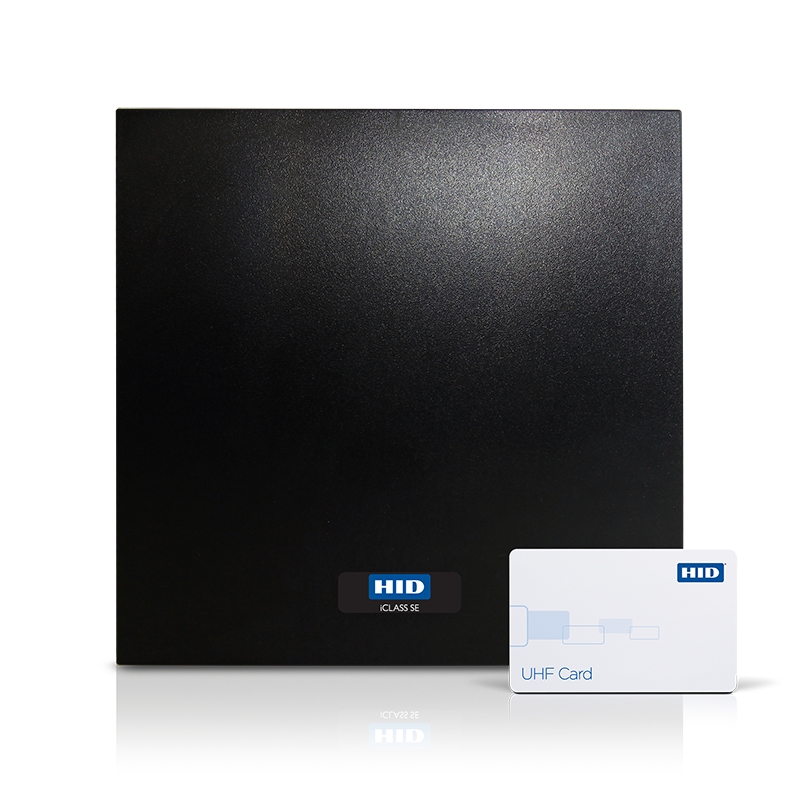
In recent years, new identification media have been developed with smartphones thanks to NFC and Bluetooth technologies. For the time being, their use remains rare but this mode of identification is set to expand, although it has yet to prove itself in terms of security and efficiency.


